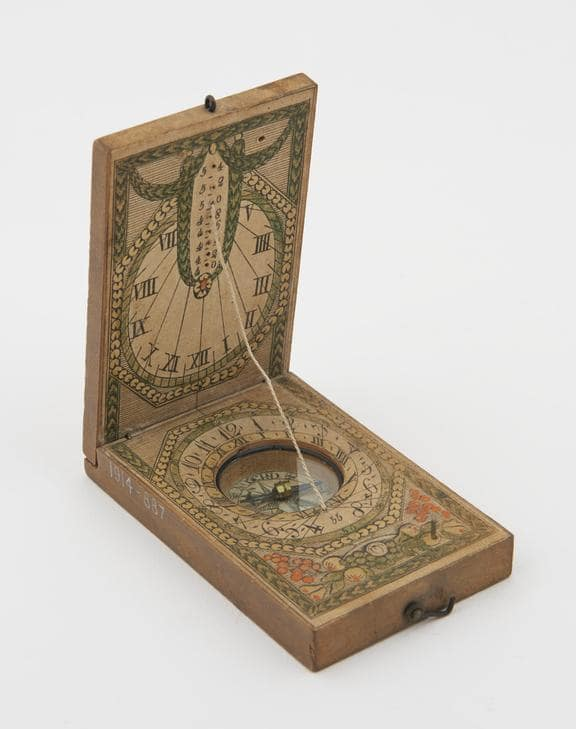In the old town of Marburg, Germany, a unique medieval sundial that is about the size of a matchbox was uncovered.
A rare Medieval sundial, which is approximately the size of a matchbox was discovered in the old town of Marburg, Germany.
The sundial was found by students who were clearing a church site in the town, according to a statement from Marburg University. The sundial is made of wood and bronze.
The Brethren of the Common Life, a monastic order that was established in the Netherlands in the late 14th century, is likely to have belonged to the old clock, which is believed to date from the late medieval period. A Dutch Catholic deacon named Gerard Groote founded the community. The Brethren eventually colonized the Netherlands, Germany, and Switzerland. They moved into the old monastery building, built in 1527, in the upper portion of Marburg.
"The sensational find provides a clear insight into the meeting of a high level of knowledge in astronomy and mathematics with specialized craftsmanship on the threshold from the Middle Ages to modern times," explains the head of the educational excavation, Professor Dr. Felix Teichner.
There aren't many remaining sundials of this type, according to Professor Teichner of the Department of History and Cultural Studies at the Philipps University of Marburg, and this is the first one to be discovered in the German state of Hesse.
To identify the relic, investigators matched the unique find with a related one found by archaeologists in a Swiss ministry. Teichner claims that the reason the sundial was found in that particular spot is still a mystery.
A good example of a wooden pocket sundial.Horizontal and vertical dials for use at various latitudes on moving style, Germany, 1776-1800. Photo: Science Museum Group
Sundials were prehistoric timepieces that used the sun's position to calculate the time. They consist of a gnomon that, when the sun shines, casts a shadow on the flat plate. Since at least 1500 BCE, sundials have been used.
Opening this particular sundial reveals a hole that was meant to accommodate a stick for noting the sun's shadow.
Since ancient times, people have carried portable sundials, and by the 1600s, some Europeans were doing the same.
The site is still being excavated in the hopes of finding additional priceless artifacts.








